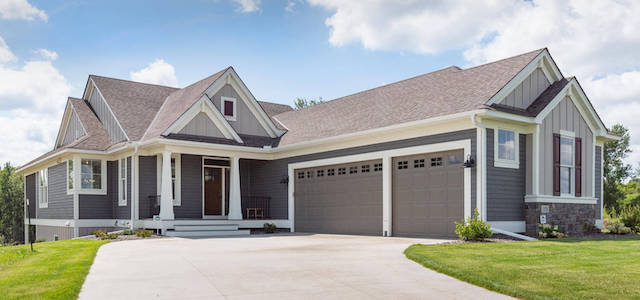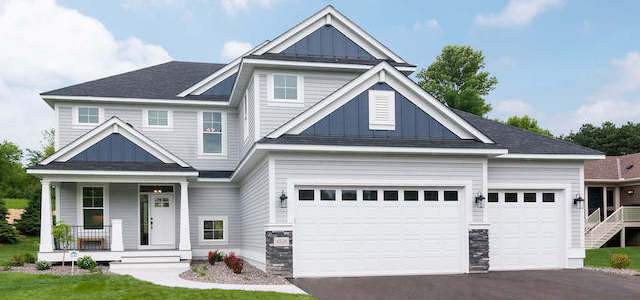NAHB, 2014 – Firming home prices in markets across the country contributed to a slight dip in nationwide housing affordability in the third quarter of 2014, according to the National Association of Home Builders/Wells Fargo Housing Opportunity Index (HOI), released today.
In all, 61.8 percent of new and existing homes sold between the beginning of July and the end of September were affordable to families earning the U.S. median income of $63,900. This is down from the 62.6 percent of homes sold that were affordable to median-income earners in the second quarter.
The national median home price increased from $214,000 in the second quarter to $221,000 in the third quarter. Meanwhile, average mortgage interest rates decreased from 4.44 percent to 4.35 percent in the same period.
“Low mortgage rates, strong job growth and affordable home prices make this a good time to buy a home,” said NAHB Chairman Kevin Kelly, a home builder and developer from Wilmington, Del.
“Even with nationwide home prices reaching their highest level since the end of 2007, affordability still remains fairly high by historical standards,” said NAHB Chief Economist David Crowe. “Rising employment and incomes, interest rates that remain near historically low levels, and pent-up demand should contribute to positive momentum heading into next year.”
Youngstown-Warren-Boardman, Ohio-Pa. claimed the title of the nation’s most affordable major housing market, as 89.1 percent of all new and existing homes sold in this year’s third quarter were affordable to families earning the area’s median income of $52,700. Meanwhile, Cumberland, Md.-W.Va. and Kokomo, Ind. each tied as the most affordable smaller market, with 94.8 percent of homes sold in the third quarter being affordable to those earning the median income of $54,100 in Cumberland and $56,900 in Kokomo. Other major U.S. housing markets at the top of the affordability chart in the third quarter included Syracuse, N.Y.; Indianapolis-Carmel, Ind.; Harrisburg-Carlisle, Pa.; and Dayton, Ohio; in descending order.
Meanwhile, smaller markets joining Cumberland and Kokomo at the top of the affordability chart included Davenport-Moline-Rock Island, Iowa-Ill.; Mansfield, Ohio; and Springfield, Ohio; in descending order. For an eighth consecutive quarter, San Francisco-San Mateo-Redwood City, Calif. was the nation’s least affordable major housing market. There, just 11.4 percent of homes sold in the third quarter were affordable to families earning the area’s median income of $100,400.
Other major metros at the bottom of the affordability chart were Los Angeles-Long Beach-Glendale, Calif.; Santa Ana-Anaheim-Irvine, Calif.; San Jose-Sunnyvale-Santa Clara, Calif.; and New York-White Plains-Wayne, N.Y.-N.J.; in descending order.
All five least affordable small housing markets were in California. At the very bottom was Napa, where 10.2 percent of all new and existing homes sold were affordable to families earning the area’s median income of $70,300. Other small markets included Santa Cruz-Watsonville, Salinas, Santa Rosa-Petaluma, and San Luis Obispo-Paso Robles; in descending order.
Please visit nahb.org/hoi for tables, historic data and details.
Editor’s Note: The NAHB/Wells Fargo Housing Opportunity Index (HOI) is a measure of the percentage of homes sold in a given area that are affordable to families earning the area’s median income during a specific quarter. Prices of new and existing homes sold are collected from actual court records by Core Logic, a data and analytics company. Mortgage financing conditions incorporate interest rates on fixed- and adjustable-rate loans reported by the Federal Housing Finance Agency. The NAHB/Wells Fargo HOI is strictly the product of NAHB Economics, and is not seen or influenced by any outside party prior to being released to the public.











































